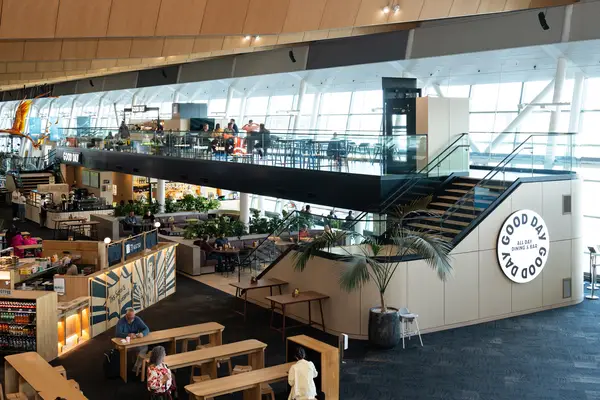Taxiway to be resurfaced

Wellington Airport’s taxiway is to undergo a $25 million face lift over spring and summer 2017-2018.
The taxiway, the paved area connecting the terminal and the runway, has reached the end of its useful life and must be resurfaced. The last overlay was done in 2002.
Wellington Airport General Manager of Infrastructure John Howarth said the works will include asphalt cutting, breaking, excavation, and pavement construction which will generate some noise.
“As the taxiway is operational during the day, most of the work will take place at night as between 9.30pm and 6.00am and will be done under strict controls to minimise noise and disruption.”
Wellington Airport has engaged with the Air Noise Management Committee, which includes residential representatives and Wellington City Council, on the construction noise management plan.
“We will be doing everything we can to reduce noise and will regularly monitor the project so we can take the appropriate steps, where feasible, to manage adverse effects.”
The airport will also be carrying out further improvements to the taxiway including widening the pavement, realigning the centreline that pilots use when arriving and departing, and installing a new resilient lighting system he said.
The project is expected to begin in September and take around seven months to complete, although this is subject to a range of factors such as weather conditions. The works will be generally be undertaken sequentially, from one end of the runway to the other, in a series of zones starting at the northern end.
Fulton Hogan who are contracted to undertake the works will be recycling 15% of the existing taxiway pavement, and using it to supplement the aggregate on the overlay. This will be the first project in the Wellington Region to recycle this volume of pavement, significantly reducing landfill waste, and quarrying for new materials.
“The airport’s pavement is a highly-engineered blend of materials, expertly designed to withstand constant massive loadings including aircraft weighing up to 280 tonnes – and managed to ensure safety in all conditions,” said Mr Howarth.
“Wellington Airport has some 40 hectares of pavement, including the critical 60 metre wide runway pavement on which it spends around $4.5 million annually keeping it up to the high standards stipulated by the Civil Aviation Authority and the International Civil Aviation Organisation.”
Visit the Construction Noise page for more information



